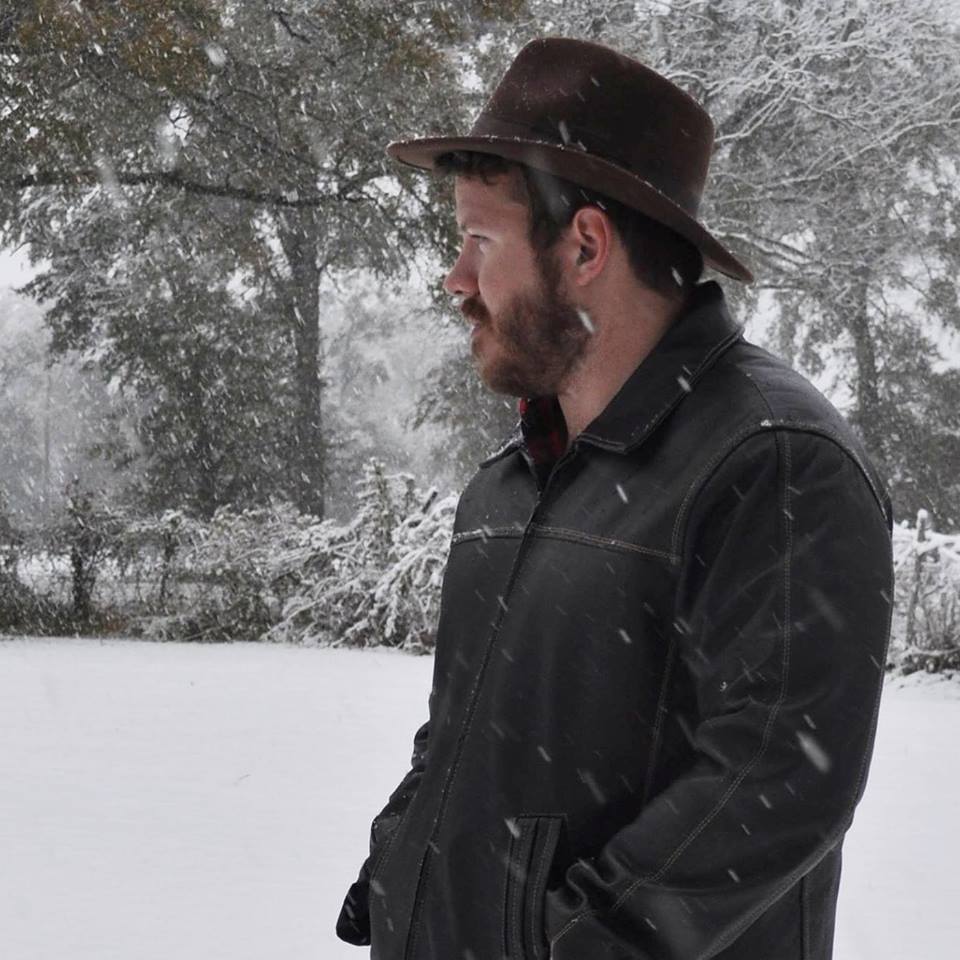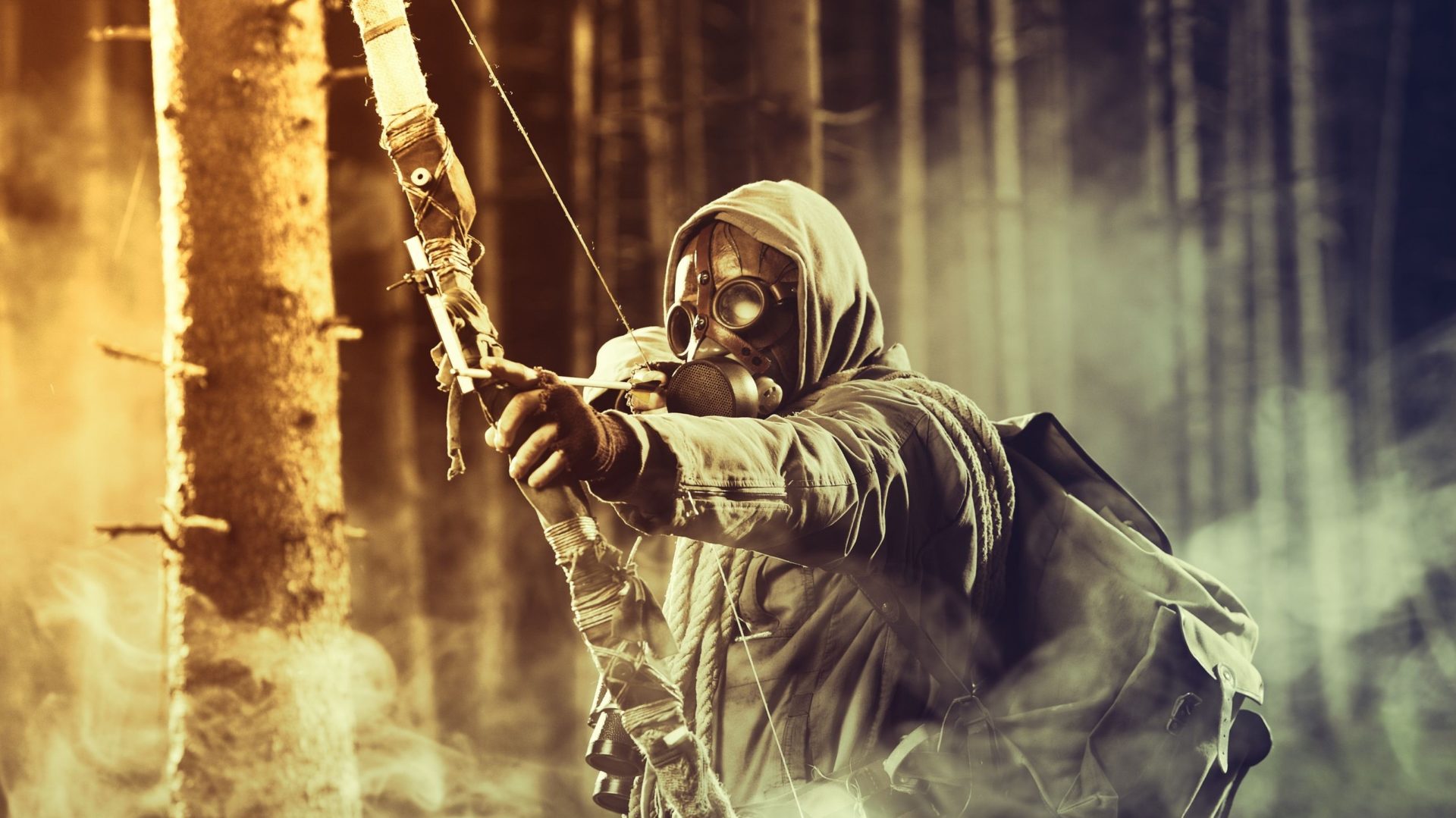First aid kits are essential for any outdoor adventure. They should include items that will help you treat minor injuries, prevent infections, and keep you safe in case of an emergency. Most commercial first aid kits will have the basics you need for many situations but you will quickly discover that you need to add specific items to make a more complete first aid kit. You will want to take into account where you will be using your kit such as in your vehicle, backpack, home, RV, or camper, and design it accordingly.
If you’re like me, you will want eventually put together multiple first aid kits and keep them everywhere. I personally have kits in every vehicle, in my home and camper just in case. I carry a daypack with MOLLE attachments for my essentials and keep it stocked with basic first aid.
A first aid kit is essential if you want to be prepared for anything from minor cuts and scrapes to serious injuries. The best kits contain everything you might need to treat common ailments such as blisters, burns, insect bites, and stings. Some people prefer to keep their kits in their car, while others choose to store them at home. Whichever option works best for you, make sure you always have access to a basic first aid kit.
Customize your first aid kit.
I strongly believe in customizing your first-aid kit to include additional items you may need. A basic first aid kit should contain at least the following items: Bandages (preferably gauze), alcohol pads, antibiotic ointment, antihistamines, aspirin, burn gel, butterfly closures, butterfly needles, cotton balls, eye drops, hydrogen peroxide, iodine tincture, insect repellent, latex gloves, moleskin, Neosporin, oral thermometer, petroleum jelly, plasters, scissors, sewing thread, tape, tweezers, Vaseline, and waterless wound cleaner.
However, you will quickly see that you should put a few more items and tools into your bag. In fact, I like to refer to my first aid kits as survival kits because they really do go far beyond your normal first aid kit. I pack an assortment of knives, tools, medical accessories, and emergency items. I’ve been in too many dangerous situations to under-pack my survival kits.
Add these to your bag:
The following items are great additions to your first-aid kit or survival bag. Some kits already have many of these items but you will want to check to be sure and may want to add extras.
Waterproof matches and lighter.
You will want to pack some waterproof matches and a lighter so you can start fires without having to rely on flint and steel. I like to keep all 3: fire starter, lighter and waterproof matches to be sure I’m covered in any situation. There was a time when I would only bring a fire starter so that I could “primitive camp” but have learned that it’s always a good idea to have other ways to start a fire just in case. You don’t want to endanger yourself or your family thinking that you can skimp on camping tools.
The ability to start a fire while hiking or camping is extremely important and you want to make sure you have what you need to start it. Fire can keep you warm, ward of predators, and be used to help others locate you if you’ve been injured and can’t move.
Flashlight with extra batteries.
When you’re camping or hiking, having a flashlight with extra batteries is essential. You never know what might happen while you’re out in the woods, and if you lose your light, you could be left without a way to see where you’re going. I bring flashlights with me everywhere I go even during the daytime because you never know when you will need one. I have a small Olight keychain flashlight attached to my belt loop and a larger flashlight that attaches to my belt. Headlamps are great to carry if you have extra space in your bag because they free up your hands. I use mine nearly every night to check the property.
Knife.
You should always carry a knife of some type. I carry a pocket knife on my person at all times and keep various blades in my bags. You never know what you will need to cut such as rope,
A knife is one of those things that you really shouldn’t leave home without. There’s nothing worse than being stuck somewhere and having to use something other than your hands to get yourself free. If you’re going camping, hiking, or doing anything where you might be separated from your phone, then you’ll want to bring a knife with you. The best knives are ones that are lightweight, easy to open, and sharp enough to slice through whatever you need to cut.
I like to carry neck knives as a secondary to my pocket knife. A neck knife is always right there on your chest and easy to grab in an emergency situation. They’re perfect for cutting some things and self-defense, but rather small and better used as a backup to your main knife.
Bandages.
If you do end up needing medical attention while camping, you’ll want to carry bandages with you. A small cut can quickly get infected on a camping or hiking trip so you will want to use bandages to keep your wound clean and protected. Bandages are also great for burns until you can receive proper medical care. Nearly all commercial first-aid kits I’ve seen have some type of bandages but they either don’t have all the sizes you need or enough bandages in total. I recommend loading up on bandages so that you never run out. Keep in mind that you may need to bandage a stranger that gets injured and you want to have enough to go around.
Antiseptic cream.
Antiseptic cream, such as Neosporin, is great to have because it helps prevent infection. It’s especially helpful when treating cuts and scrapes. You will want to pack more containers of antiseptic cream than your first-aid kit came with so that you don’t run out.
Insect repellant.
I live in an area that is completely overrun by insects, particularly mosquitos. They’re unbearable unless you spray yourself down with insect repellant. I always bring extra insect repellant and keep it in my camper because mosquitos can ruin your trip and can be dangerous.
Scissors and tweezers.
Pack the type of scissors that can cut through clothing. Tweezers are great for pulling out splinters. Most pre-built first-aid kits include a pair tweezers but you can always use extras.
Pain relievers.
I’ve never really been a fan of pain relievers until I injured my back on a long camping trip. The pain was nearly unbearable and my mobility was shot. A regimine of pain relievers was the only thing keeping me on my feet. The small packs that came with one of my first-aid kits for camping simply wasn’t enough so I added my own.
Water purifier.
Honestly, I’ve never “needed” to use a water purifier yet but always have one with me when I go camping. I bring plenty of water but it’s easy to run out of water especially if you end up staying longer than planned.
Cold Compress
You will likely encounter injuries at one point or another if you camp often and a cold compress can help alleviate pain and swelling. I’ve twisted my ankles and busted up my kness while hiking numerous times and a cold compress helped me get back on the trail faster. They’re easy to use and can save you a lot of headache.
In Conclusion:
This first-aid kit checklist for camping is just a start. You need to spend time thinking about all types of emergency situations you may encounter while camping and purchase the emergency items you will need. I like to be overly prepared and go as far as to make my own survival bags with MOLLE that include an awesome first-aid kit and mini tool kit that covers nearly any situation. You can either build your own kits or order a first-aid survival kit that includes everything you will need.

Jerome is an avid outdoorsman who moonlights as an attorney when he’s not creating the world’s greatest online content.
Related posts:
- Must Have Gear for Camping at Night […]...
- The Ultimate Survival Kit for the Modern Day Warrior […]...
- Camping On The Beach – How To Do It Right […]...
- 11 Ways To Stay Warm While Camping […]...
- The 7 Best Tactical First Aid Kits of 2022 […]...
- The Best Camping Gear Essentials of 2022 […]...
- 5 Tips for Planning the Perfect Hiking Trip […]...
- 5 Tips for Choosing the Right Hiking Gear […]...
- Best Camping Cots of 2022 […]...
- The Best Camping Foam Pads of 2022 […]...
- Olight Olantern Classic 2 Pro Rechargeable Camping Lantern […]...
- The 9 Best Camping Hammocks of 2022 […]...


